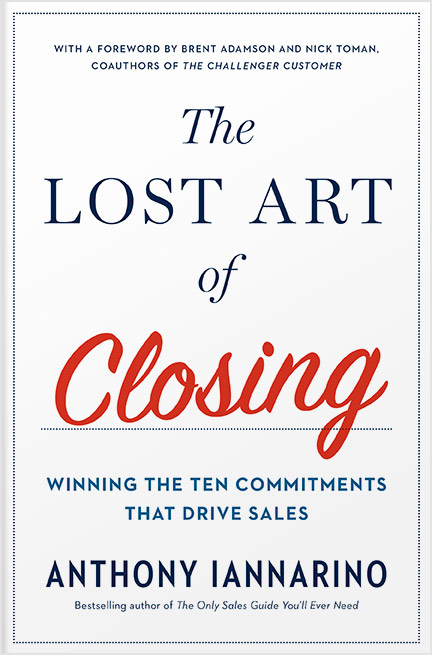How much a specific medium appeals to you is not a measure of its effectiveness. Believing that email is efficient is to misconstrue the definition of efficiency. As it pertains to email sales, anything you can do over email can be done better in a face-to-face meeting or by telephone.
Email Prospecting
Every day, your email inbox greets you with messages from salespeople. Their sales emails ask you to respond, schedule a meeting, or click a link where you can see their calendar. While there is nothing inherently wrong with sending an email and including a link to schedule, if that is your single approach to scheduling a meeting, you would do well to improve your prospecting sequence by asking for a meeting in other mediums.
The phone is a better medium than email when it comes to prospecting. It can and will improve your results. Most importantly, it is a form of synchronous communication whereas email is asynchronous. Both you and your client can listen and speak to each other over the phone.
When you send an email, your prospective client can reject your request without you asking again, resolving their concerns, or restating the value you intend to create for them. A phone call eliminates the ability to reject your request by simply clicking delete or replying with an email. Because you are speaking to your dream client, you give yourself a fighting chance of gaining a meeting.
Following Up in Sales
If you need to follow up because your potential client went dark, you have some fundamental problems worth solving. It means you left a meeting without another meeting. You didn’t sell the process, and you accepted something less than a real, concrete commitment to whatever the next step should have been.No more pushy sales tactics. The Lost Art of Closing shows you how to proactively lead your customer and close your sales. 
Your contact may have been very positive about the interaction, telling you how much they enjoyed meeting you, how impressive your ideas were, only to end by suggesting they would call you next week. Eleven weeks have gone by now, and you have called a couple of times. Mostly, however, your approach has been built on email sequences that reek of disempowerment and desperation. There’s a more effiecient way to go from prospect to customer.
First, you should learn not to leave without a concrete next step by resolving whatever concern might be preventing them from agreeing to the next meeting. Securing this kind of agreement is easier when face-to-face. You will improve your results by calling and leaving voicemails, with messaging designed to compel your contact to reengage with you. Multiple messages with shorter intervals are better than emails with long periods between attempts.
Emailing Your Proposal and Pricing
You might as well not be selling. Even if your prospective client asks you to send them your proposal and pricing, and also if you are going to deliver it to them in that medium, you can’t avoid the negative consequences of choosing the medium.
It’s not easy to maintain control over the sales conversation. Your contacts will believe they can skip specific discussions and commitments, even though it is detrimental to making the right action plan—and finding the right partner. When you send an email proposal along with your pricing, you cede control over what comes next to the contacts within your target client.
By sending the proposal and pricing by email, you eliminate your ability to present the plan, reminding your contacts why they need to change and the better future they need you to deliver. You also remove the opportunity to talk them through solutions, milestones, and the investment, tying all these back to their challenges and opportunities.
When your prospect receives your email, they likely skip any message about the solution’s value and jump straight to the pricing. You’ve allowed your prospect to divorce the price from the value. In doing so, you’ve lessened the value and increased the perception of the cost.
When there is a possibility of presenting your solution face-to-face, a meeting is the very best choice. It’s the best choice even if your client is super-busy, and it’s the best choice also if they ask you to email them. Short of that, where distance is an issue, a video-conference where you walk them through your proposal and pricing is a better choice if you want to win big deals.
The Power of Presence
The fact you show up is proof you care. It means that your dream client is important enough to command your time, especially if you have to travel to see them. You increase your effectiveness by showing up to have a meaningful conversation, something that is especially true, the more substantial the deal. Spending time in your dream client’s building helps create a preference to buy from you, especially when your competitors don’t go to the trouble.
For whatever reason, if you can’t have a conversation face-to-face, video meetings are your next best choice. After a video conference, the phone is the next best choice available to you. Sales is a conversation, not a flurry of back-and-forth emails.
Don’t Email It In
There used to be this warning not to “phone it in,” which meant not doing something without intention and enthusiasm, to check the box, something you would recognize as a transactional behavior. Winning big deals is challenging enough without making a decision that decreases your likelihood of winning. Engage, make good choices when it comes to communication, and don’t “email it in.”








.jpg?width=768&height=994&name=salescall-planner-ebook-v3-1-cover%20(1).jpg)


